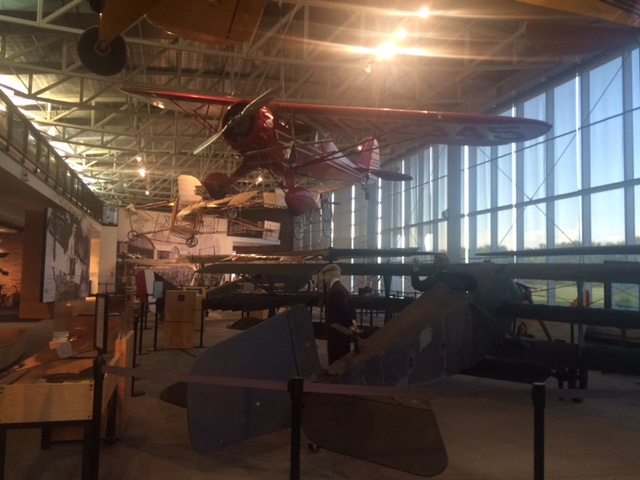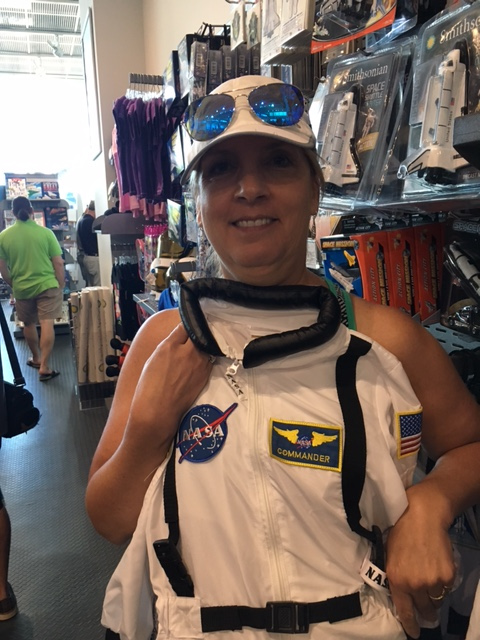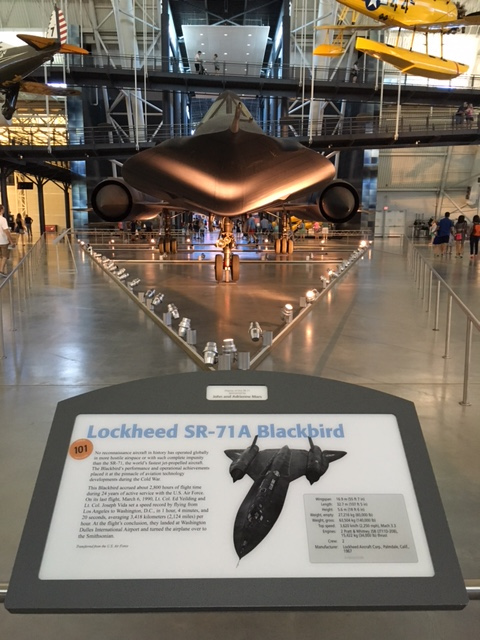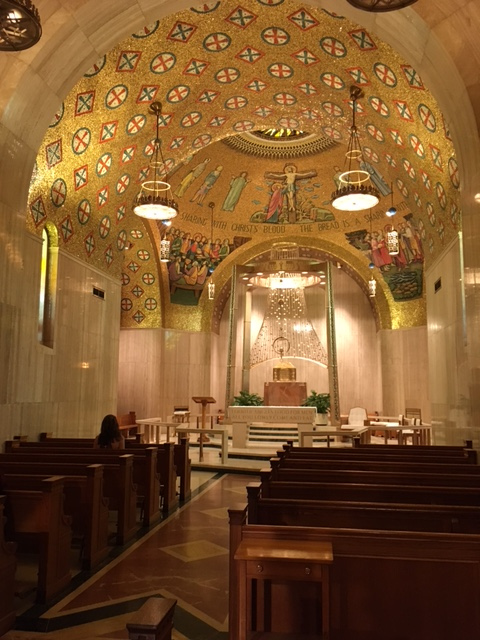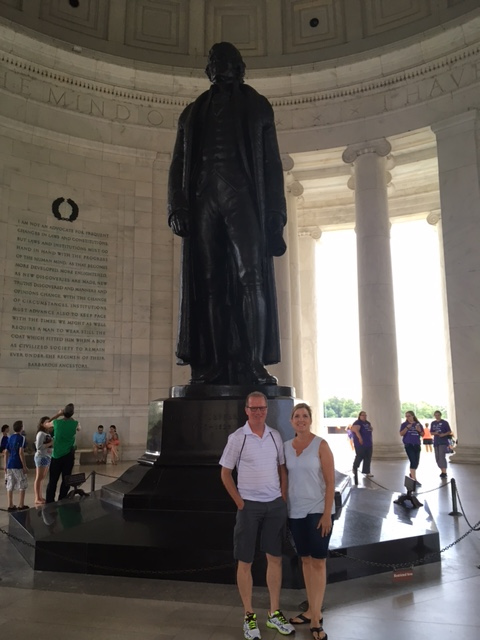Tuesday, July 19, 2016
By:
This week at work was all about optimization and organization. I spent a good portion of my work week writing up programs to improve my work efficiency. Some of my programs used to take upwards of 3 hours to run just due to the amount of data that was needed for each process. After some experimentation, I was able to cut down all programs to under 15 mins. This made the rest of the week fly by. I finally made some significant advances in the pseudo-streamer research. I have been working to put together a full picture of how the solar wind moves during a period of twelve days: where the solar wind is in relation to the Earth, what the Sun's magnetic field looks like when the solar wind is released, and what the wind structure looks like both at Earth and near the Sun. After making some advances on this project, I began to dig into another one. This time I am looking at the interactions of the solar wind and Mercury’s magnetic field. When solar wind interacts with the Earth’s magnetic field it compresses and relaxes the overall field making it look like the Earth is “ringing”. This feature is very obvious at Earth, but has not been studied at Mercury. Since Mercury is so close to the sun, there are other factors at play, such as the extreme heat the sun releases. By looking for these features we could determine how the solar wind and the increase in temperature affect the magnetic field of Mercury.
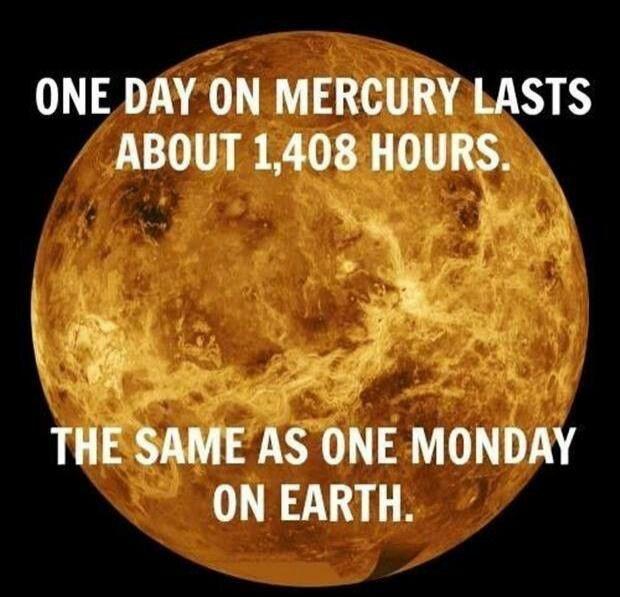
Another fun thing at NASA this week was a seminar on the one-year anniversary of the New Horizons mission to Pluto. I loved the cute picture of Pluto’s heart that was taken on this mission, but there was much more to this mission besides pretty pictures. After a year of analysis NASA has found so much that they didn’t expect. It was found that Pluto has a diverse and resilient atmosphere (like a planet *cough cough*), topological evidence of Nitrogen glacial flows and other processes characteristic to planets (hint hint wink wink), and many other strange features, like cryovolcanoes. Needless to say Pluto is a pretty cool little planet and the geoscience that has been done to understand it has been very successful.
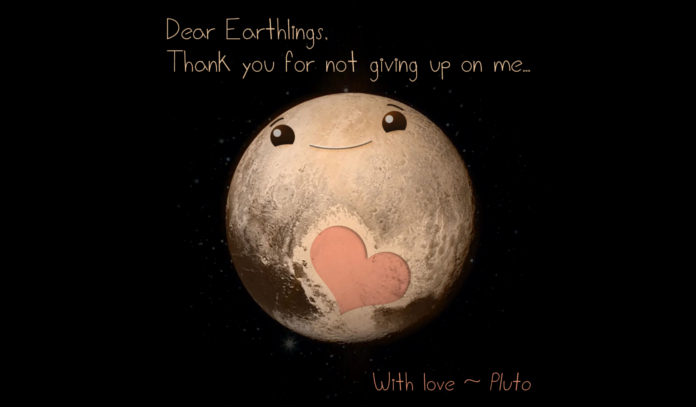
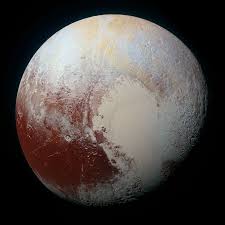
On the topic of geosciences, to my extreme delight, this week I was able to meet with a program leader of a project called NExSS. NExSS is a collaborative group of geoscientists, glaciologists, space scientists, heliophysists and many other fields at NASA, that is dedicated to the search for life on distant worlds. This program caught my eye when I first came to NASA and after speaking with one of the awesome scientists working on the project, I couldn’t be more excited to set a career path towards working on this project in the future!
This week was also a busy week with SPS, on Thursday there was the SPS BBQ with staff from AIP and the Nobel Laurite John Mather. It was held at the Aviation Museum in College Park which is home to the original Wright brother’s airport and the longest continuously operational airport. On Saturday we had another lovely event with John Mather where people from the area could meet Dr. Mather, see his plans for the new James Webb Telescope and experience the fun SPS demo about gravity!
This weekend my parents also came to visit. We spent the weekend exploring DC and the Air and Space Museum out in Dulles, VA. The highlight of the weekend was seeing the Space Shuttle Discovery, the famous Black Bird and of course spending some time with my parents.
Maria McQuillan

